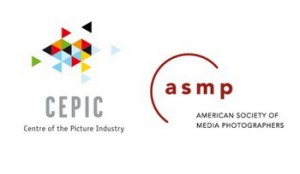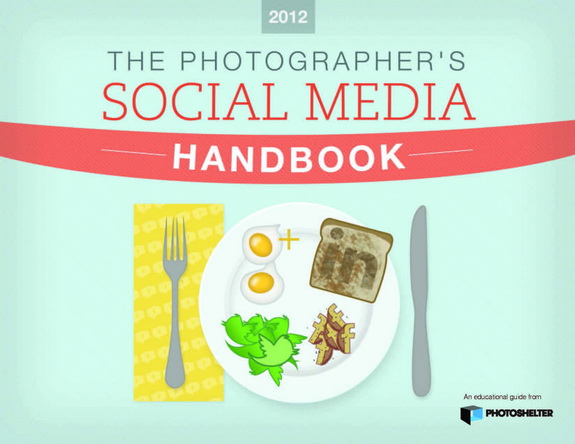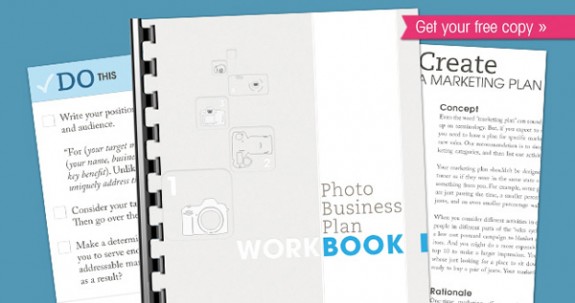PHOTOGRAPHERS. While traditional photography conferences help photographers of all backgrounds develop new skills, some new, more specialized events are helping professional photographers adapt to ongoing changes in how photographs are purchased and used. Here are three examples:
May 16-18, 2012
CEPIC Congress 2012
Old Truman Brewery, London
Based in Berlin, Germany, CEPIC promotes itself as the Centre of the Picture Industry. The organization includes nearly 1,000 picture agencies and photo libraries in 20 countries across Europe. CEPIC has affiliates in North America and Asia, and its members include stock photo libraries, major photo news agencies, art galleries, museums, and video companies.
 On May 16, the American Society of Media Photographers will be leading a Photo-Centric day at the CEPIC Conference. Experts will discuss “Where Does the Content Provider Fit into the New Stock-Photography Business Reality?” For example, Alan Murabayashi, a founder of PhotoShelter, will discuss whether content creators still need the traditional stock distributor in order to make a profit.
On May 16, the American Society of Media Photographers will be leading a Photo-Centric day at the CEPIC Conference. Experts will discuss “Where Does the Content Provider Fit into the New Stock-Photography Business Reality?” For example, Alan Murabayashi, a founder of PhotoShelter, will discuss whether content creators still need the traditional stock distributor in order to make a profit.
Two panel discussions will examine where the stock industry is today, where it’s going, and how photographers and distributors can work together more effectively. Three prominent intellectual property attorneys will provide an update on legal and legislative copyright issues in the U.S. and Europe.
The keynote speaker on May 17 will be Dittmar Frohmann, director of International Product at iStock and Getty Images. He will talk about opportunities for content creators in the mobile space.
LINK
May 22-23, 2012
Google+ Photographers Conference
Yerba Buena Center for the Arts, San Francisco, California
Scott Kelby, president of KelbyTraining.com and the National Association of Photoshop Professionals, has launched the first-ever Google+ Photographer’s Conference. The event brings together some of the biggest photographers on Google+, some of the best instructors of photography, and some social-media geniuses. Bradley Horowitz, Vice President of Product Management at Google+, will be joining Scott Kelby for the opening keynote.
![]() “Google + is an incredibly vibrant community for photographers. It’s exploding and if you’re not a part of it, you’ll be missing out on something very, very special. We are extremely proud to bring together an amazing lineup of experts to teach photography, social media, branding and networking skills to help photographers take full advantage of what’s happening now and in the future on Google+,” said Scott Kelby.
“Google + is an incredibly vibrant community for photographers. It’s exploding and if you’re not a part of it, you’ll be missing out on something very, very special. We are extremely proud to bring together an amazing lineup of experts to teach photography, social media, branding and networking skills to help photographers take full advantage of what’s happening now and in the future on Google+,” said Scott Kelby.
During two full days of sessions (9 am to 9 pm), you can attend live photo shoots, one-on-one portfolio reviews, panel discussions, and photography workshops. In the Google+ sessions, you can get tips and tricks from Google+ power users and learn how to write intriguing posts, grow your audience, and optimize your images for Google+. You can also provide input and ideas for what you would like to see next on Google+.
Instructors for the Google+ Photographers’ Conference include Scott Kelby, Trey Ratcliff, Jeremy Cowart, Lindsay Adler, Alex Koloskov, Peter Hurley, Brian Rose, Catherine Hall, Matt Kloskowski, RC Concepcion, Brian Matiash, Colby Brown, Erik Valind, Mike Wiacek and special guest Guy Kawasaki. Some of the sessions they will be presenting include:
- How to Host a Successful Hangout with Trey Ratcliff
- Building Your Brand on Google+ with Guy Kawasaki
- The Art of the Headshot with Peter Hurley
- Crush the Composition with Scott Kelby.
Register by Monday, April 30, the registration fee is $299. After April 30, the fee is $349.
LINKS
Conference Schedule: Google+ Photographers Conference
Google+ Page: Google+ Photographers Conference
September 12-13, 2012
Luminance 2012
BMCC Tribeca Performing Arts Center, New York, NY
PhotoShelter’s new Luminance 2012 conference will bring together leading voices from across industries to explore the intersection of business, technology, culture, and photography. Speakers will include distinguished thought leaders from Behance, Blurb, Facebook, Google, 20×200, Tumblr and many more of the companies driving massive changes in today’s photo landscape.
 “We’re bringing together a group of photography’s innovators to engage in powerful discussion about the direction and influence of this medium as both an art form and crucial business driver,” said Allen Murabayashi, PhotoShelter Co-Founder and CEO. “Under one roof, Luminance will bring us two dozen perspectives on the dramatic changes occurring in photography. Not simply those who captivate us from behind the camera, but also the people responsible for evolving the way we create and consume photography.”
“We’re bringing together a group of photography’s innovators to engage in powerful discussion about the direction and influence of this medium as both an art form and crucial business driver,” said Allen Murabayashi, PhotoShelter Co-Founder and CEO. “Under one roof, Luminance will bring us two dozen perspectives on the dramatic changes occurring in photography. Not simply those who captivate us from behind the camera, but also the people responsible for evolving the way we create and consume photography.”
Speakers at Luminance 2012 will each deliver 20-minute talks in their area of expertise.
- Jen Bekman, CEO & Founder, 20×200
- Scott Belsky, CEO & Founder, Behance
- Lucas Allen Buick, CEO & Founder, Hipstamatic
- Leila Boujnane, CEO, TinEye
- Amy Cappellazzo, Chairman, Post-War and Contemporary Development at Christie’s
- Chris Chabot, Manager, Developer Relations, Google+
- Eric Cheng, Director of Photography, Lytro
- Kevin Connor, CEO and Co-Founder, Fourandsix
- Barbara Davidson, 2011 Pulitzer Prize Winner, Feature Photography
- Eileen Gittins, CEO, Blurb
- John Maloney, CEO, Tumblr
- Michael Muller, Commercial/Shark Portraitist
- Srinivas Narayanan, Engineering Manager, Facebook Photos
- Craig Peters (SVP Biz Dev), Getty Images
- Rick Robinson, Director of Marketing, Vision Research, makers of the Phantom camera
- David A. Ross, Chair of the MFA Art Practice Program, School of Visual Arts
- Alan Taylor, Editor, InFocus, The Atlantic (and creator of the Boston Globe’s “The Big Picture“)
- Jonathan Teo, Managing Director, General Catalyst Partners (and Instagram investor)
- Peter Yang, Commercial/Editorial Photographer
An optional, limited attendance photography workshop will also be held on September 11, 2012 at Root Drive-In Studios, with renowned pro photographers Joe McNally, Zack Arias, Corey Rich, and Robert Seale.
“Luminance 2012 will be an opportunity for the community to come together around a new topic of discussion that isn’t strictly gear or technique,” said Murabayashi. “It’s a chance to engage in a dialogue with others who are creating the technology that’s driving massive shifts in the photography landscape, to learn from each other, and get inspired about what is still to come for this medium we all both love with passion and equally depend on for our business and livelihood.”
LINK









